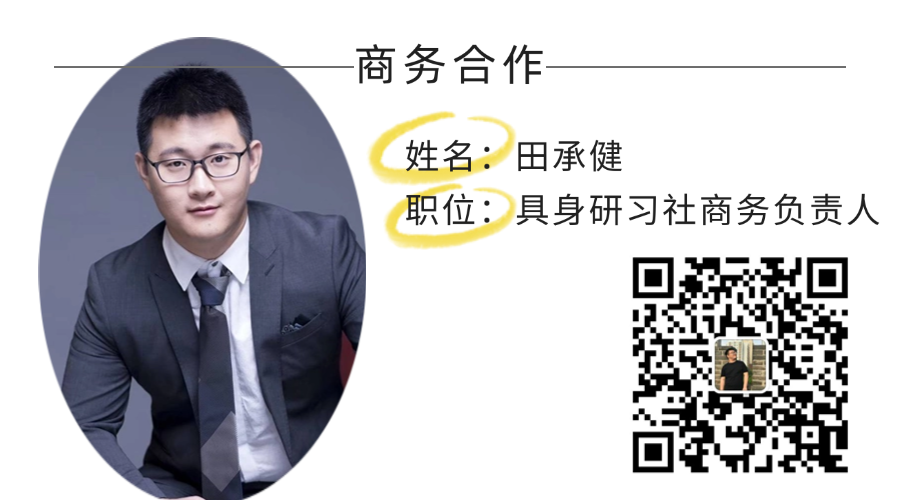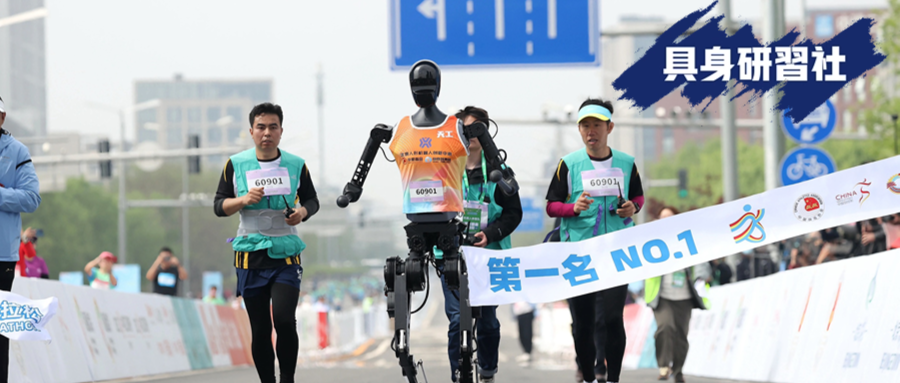

The value of this competition goes beyond the track; every frame of movement of the humanoid robot hides the true value of industrial applications. The track is the production line, and running is the application. This endless evolutionary marathon is sketching out the map of “human-machine symbiosis” with the tremor frequency of humanoid robots.This marathon without an end is drawing a picture of “human-machine symbiosis”.
Author: Lü Xinyi
Editor: Di Xintong
Produced by: Embodied Research Society
On April 19, the Yizhuang area kicked off the first humanoid robot half marathon. This sound not only marks the horn of the first humanoid robot marathon event but also signals the prelude to the transformation of the humanoid robot industry.
More than 20 teams from enterprises and universities met on the field, using the marathon event as a window for a concentrated external “grand rehearsal”.Tian Gong Ultra completed the race in 2 hours 40 minutes 42 seconds, becoming the world’s first humanoid robot marathon champion, while Songyan PowerN2 followed closely, finishing in second place.
When humanoid robots of various configurations stood on the field, it was destined that the value of this competition would go far beyond merely “staying” on the field, nor was it simply about letting humanoid robots “challenge”. Rather, it was an excellent opportunity to conduct a technical assessment through the window of “cyber sports competition”, looking at application scenarios through the field.
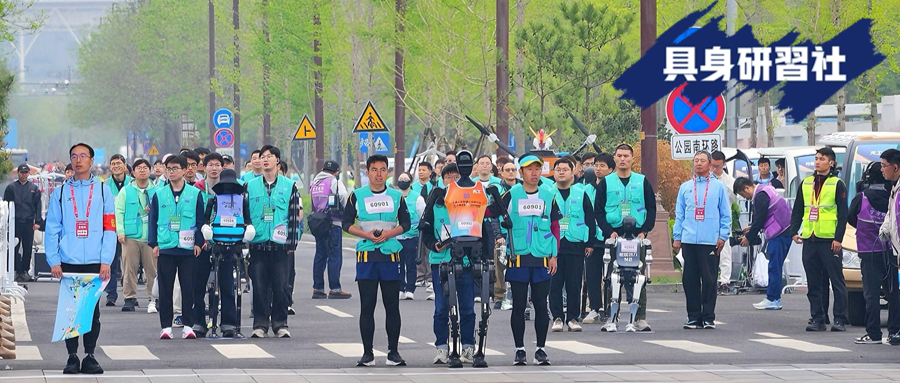
Image Source: Embodied Research Society
According to the Embodied Research Society, “the track is the production line, and running is the application”; every motor’s tremor is calibrating the coordinate system of industrial applications. Humanoid robots that can conquer complex terrains and perform continuous operations on the marathon field are “running” into outdoor work scenarios, completing the outdoor puzzle of humanoid robots. Furthermore, the technology supporting these capabilities comes from the “brain”‘s environmental perception, task planning, and the “cerebellum”‘s full-body control, skill invocation, and task execution. This technological foundation can grow various skills and undertake task execution capabilities in multiple industrial, special, and household scenarios.
Thus, it can be seen that the running humanoid robots on the field are a rehearsal for the future transformation of production relationships. Every mechanical interaction between the bionic foot and the stone road is sculpting the technological contour of human-machine symbiosis. This endless evolutionary marathon is sketching out the map of “human-machine symbiosis”.

What exactly is the marathon competing for?
Just as every humanoid robot manufacturer has its deep meaning behind the “show-off” display, the marathon field has far-reaching industrial value. This track does not “nurture idlers”.
To see the real application value through the endurance race, let’s first look at what it is competing for.
Firstly, the 21.0975 kilometers of the track traverse various road conditions, including flat asphalt, cracked sections, long gentle slopes, stone roads, and grass. The complex terrain poses high demands on the robustness of the algorithms. For humanoid robots to achieve “light-footedness” in complex terrains, they must maintain balance even when disturbed; otherwise, not only will they fail to finish, but they may also experience “equipment failure”.
What is needed behind this is the deep coupling of the “brain” and “cerebellum”; the former’s perception system must perform real-time analysis and decision-making, while the latter executes decisions and mobilizes all joints for real-time control and adjustment.
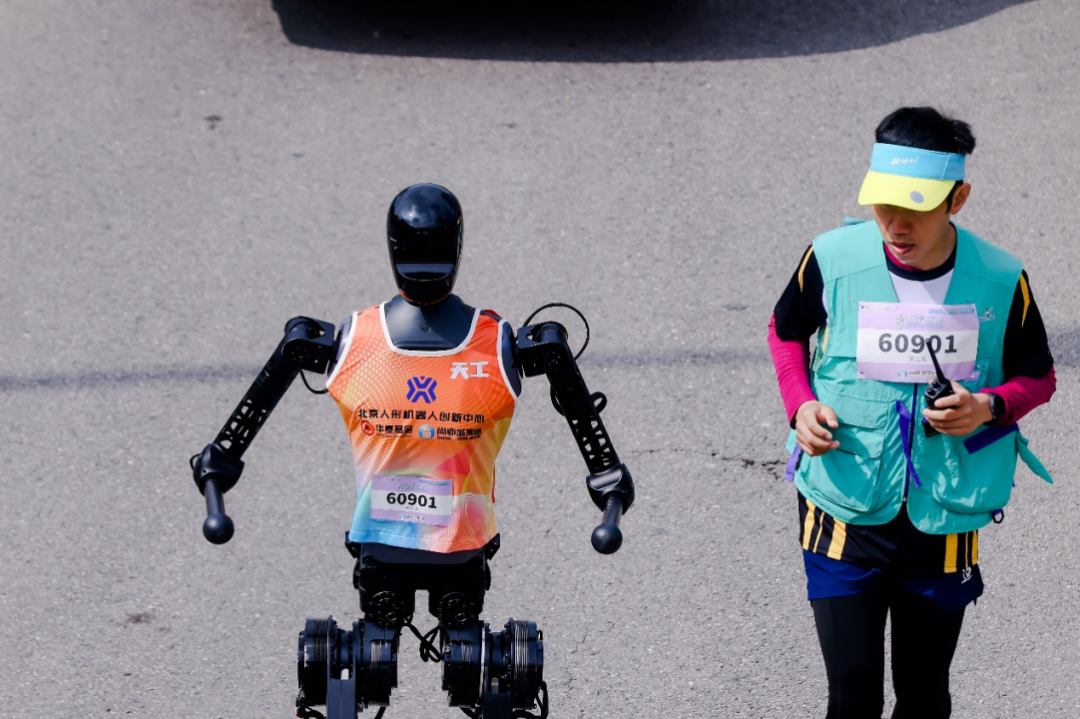
Image Source: Beijing Humanoid Robot Innovation Center
Secondly, a smarter “brain” and a more precise “cerebellum” call for a more flexible body. In a marathon endurance race, it also tests the golden “balance point” of the body structure design. Over the course of three and a half hours, humanoid robots must complete approximately 250,000 precise joint movements. This requires the body structure design to achieve an extreme “balance”, not only solving support and wear issues but also balancing joint heat dissipation to avoid overheating.
In the extreme pressure testing ground of the marathon, it unveils the “impossible triangle” of body structure design — namely, “stability, durability, speed”.
For example, through hardware iteration, humanoid robots have the advantages of stability and durability, but they face the pain point of excessive weight limiting speed; if they have the advantages of stability and speed, they will inevitably sacrifice endurance.
Each representative team has provided the latest solutions in hopes of breaking the “impossible triangle”. “Tian Gong Ultra” adopts a self-developed high-power integrated joint and low-inertia leg structure as its design philosophy, which allows it to have explosive running speed, and this is one of the key reasons for its leading finish; additionally, “Tian Gong Ultra” has anchored the balance point of lightweight and rigidity, combining a cushioning structure to achieve a bionic leg design that can run long distances without damage, thus interpreting the word “stability”; optimizing structural design, joint heat dissipation technology, and overall thermal simulation technology to achieve thermal balance in joints, allowing the robot to run continuously for long periods.
It is evident that what is truly being compared on the field is not who crosses the finish line first, but whose technical route can withstand real-world testing. When more than 20 humanoid robot manufacturers gather in one place, another main line gradually becomes clear — “finding the average value of technology”, setting standards based on the average value, laying the groundwork for standardized applications for industrialization, and promoting healthy industry development.
At that time, the boundary between winning and losing has become blurred; every figure standing on the field is a microcosm of industrial evolution.
Running into the “Application Field”
Adding Certainty to Implementation
In addition to the test of every frame of movement trajectory on the field, the 21 kilometers of distance and three and a half hours of time represent not only the displacement of physical space but also an upward climb under extreme technical pressure testing, aiming for the peak of industrial implementation.
Firstly, the marathon tests the humanoid robot’s ability to operate safely and stably over long periods and continuously. This ability is the foundation for all application scenarios, representing the basic capability of humanoid robots for real industrial applications. Especially at the critical juncture of the “2025 mass production year”, this composite pressure testing ground constructed by the event is calibrating the benchmark for industrialization, giving applications a “sense of certainty”.
For instance, the marathon event tests the strong coupling of the “brain” and “cerebellum”, representing the humanoid robot’s ability to perceive the world in real-time and make clear plans, allowing humanoid robots to “move precisely”.
On one hand, it changes the perception that bipedal stability is poor and unsuitable for factory applications, as they appear steadily working in factories;
On the other hand, they are capable of working in outdoor scenarios, such as pressure stations and power inspections in desert and Gobi terrains, broadening the boundaries of real application and demonstrating the true value of new productivity in assisting humans to complete complex and harsh tasks.
From the perspective of factory scenarios, at present, in semiconductor and 3C factories, some sub-scenarios are still limited by non-standard processes and narrow environments, making it difficult to fully upgrade to unmanned factories. However, when humanoid robots appear in factories with flexible postures, they can “ignore” the structured layout of the factory and smoothly respond to task demands in the scene.
Moreover, with the continuous evolution of the “brain”, humanoid robots can now handle soft objects and non-standard task flows, further expanding the boundaries of industrial implementation.
In outdoor scenarios, the humanoid robot’s conquest of complex terrains on the marathon field can directly radiate to outdoor work scenarios.
For example, traditional power grid construction usually requires a large amount of manpower and faces high safety risks due to high-altitude operations and limited space. Currently, many power grid companies are actively seeking change, accelerating the implementation of humanoid robots in power grid scenarios through self-research and cooperation, precisely meeting the segmented needs in power grid construction scenarios.
For important tasks such as inspection and switching in power scenarios, “Tian Gong” has already entered the distribution room with an ultrasonic low-frequency partial discharge detector, conducting multi-point partial discharge detection on multiple electrical cabinets to complete inspection tasks.
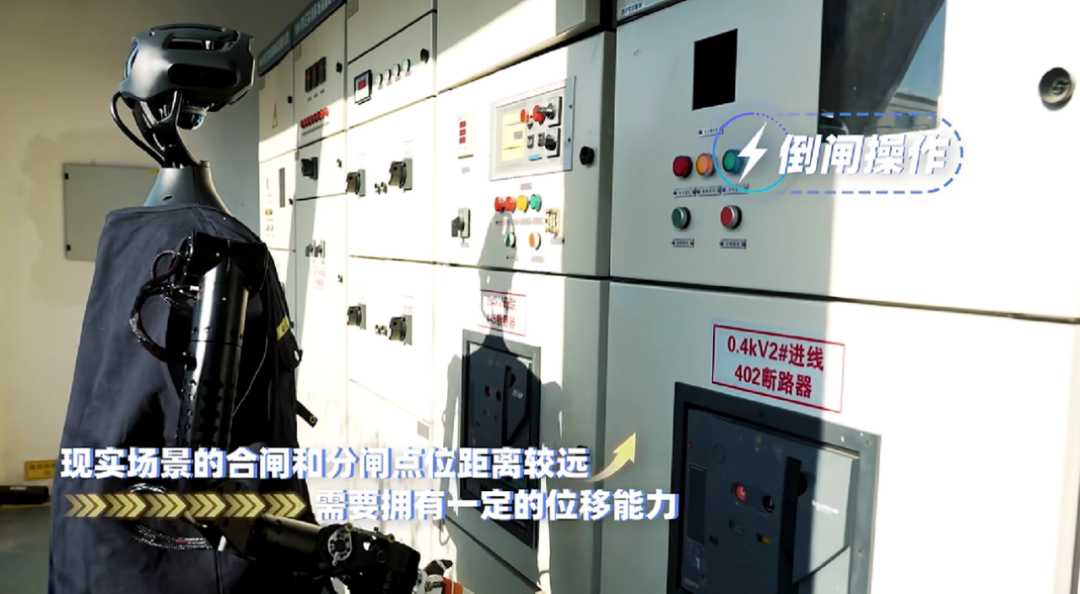
Image Source: Beijing Humanoid Robot Innovation Center
The power scenario is just one aspect, marking that humanoid robots can now be widely applied in real outdoor scenarios. With technological breakthroughs and accelerated scene adaptation, their core value lies in replacing humans to complete high-risk, complex, or repetitive tasks, and adapting to unstructured environments through multi-modal perception and dynamic decision-making capabilities.
Additionally, there are more imaginative special operation fields where the ability to adapt to complex environments will significantly enhance operational efficiency and safety; in commercial, household, and elderly care service scenarios that cover a broader population, smooth movement and flexible responses will bring a more natural human-machine interaction experience, exploring more industrial imagination.
The tempering of the marathon’s extreme scenarios is breaking through the transformation gap from “laboratory to industrial field”: bipedal stability and dynamic planning capabilities are breaking the shackles of factory production environments, while multi-modal perception systems are solving the adaptation challenges of outdoor non-standard scenarios, and continuously evolving motion control algorithms are opening new battlefields for special operations.
As humanoid robots transition from point breakthroughs to systematic evolution, their disruptive nature lies not only in replacing high-risk scenarios but also in reconstructing the underlying logic of production processes; as the technological marathon transforms into industrial acceleration, this endurance race, with mass production as its endpoint, will ultimately give birth to a revolutionary force that changes human production methods, injecting new productive forces into various industries.

The Prelude to Industrial Transformation Has Begun
Exploring “Human-Machine Symbiosis” in Continuous Evolution
The marathon field tests only part of the humanoid robot’s capabilities; its more significant measurement is the stability and high robustness of humanoid robots while running, which has not yet involved their fine operation capabilities. If stable running lays the foundation for humanoid robot industrial applications, then fine operation capabilities determine the upper limit of their industrial applications.
Looking back from the field, we find that under the efforts of various parties in the industry, humanoid robots can now achieve millimeter-level operations, breaking through the last millimeter of touching the physical world, appearing with precision in various production scenarios. From completing 0.1mm precision screw fastening on automotive manufacturing lines to achieving micron-level component assembly in 3C electronics workshops, their dexterous hands can stably grasp irregular fragile items. These breakthrough advancements mark the formal transition of humanoid robots from the laboratory to the production line, beginning to reconstruct production processes in flexible manufacturing and precision assembly.
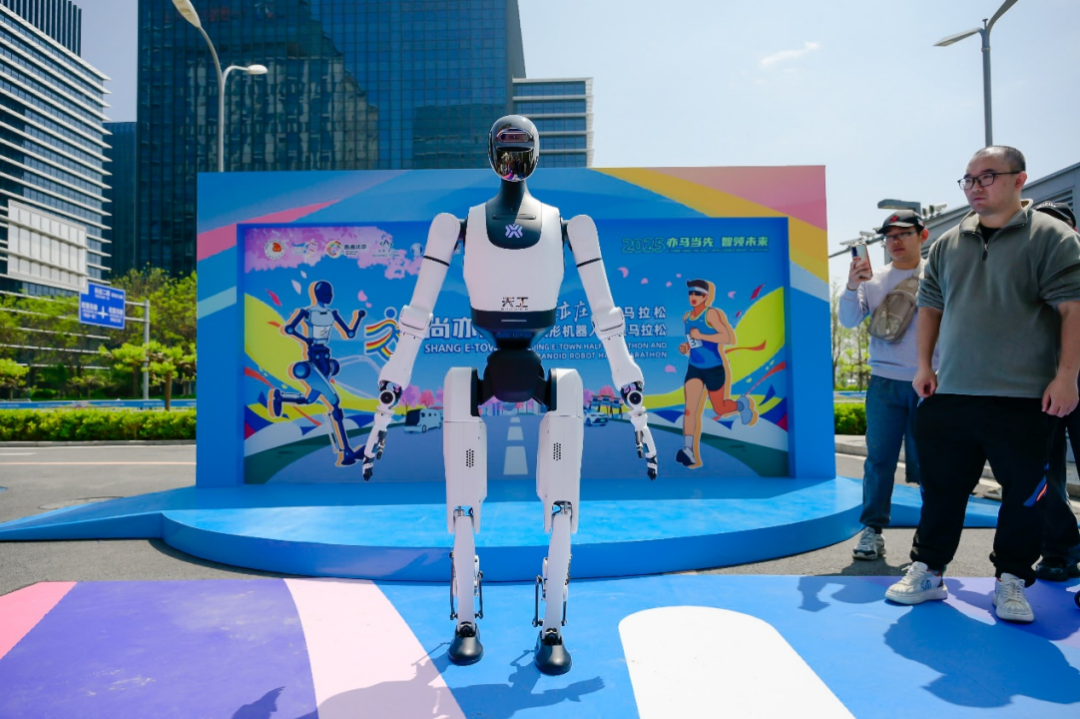
Image Source: Beijing Humanoid Robot Innovation Center
This is just the first act of the transformation of production relationships. With technological iterations and capability leaps, humanoid robots are expected to seamlessly integrate into the lives of thousands of households. Although we do not have the identity of a prophet, we can still glimpse future life paradigms through the current technological iterations.
From the perspective of the technological foundation, the Beijing Humanoid Robot Innovation Center recently released the world’s first universal embodied intelligence platform “Hui Si Kai Wu”, composed of an AI large model-driven task planning embodied “brain” and a data-driven end-to-end skill execution embodied “cerebellum”. This platform focuses on “universal adaptation”, supporting compatibility with robots of different body configurations, providing powerful perception, decision-making, and execution capabilities for embodied intelligent robots, enhancing their intelligence and execution efficiency in complex tasks. At the same time, it lowers the development threshold for robots through a low-code approach, simplifying the development process.
Behind the scenes of the competition, “Tian Gong 2.0” made its appearance. In terms of body hardware, “Tian Gong 2.0” adopts self-developed integrated joints with high precision and high torque characteristics, significantly enhancing motion performance and adaptability to complex scenarios. It is equipped with a self-developed dual-battery quick-change power system, breaking through the hot-swappable battery capability of powered devices, achieving the first industrial-grade robot’s sustainable operation capability.
In the future, after being equipped with the “Hui Si Kai Wu” platform, “Tian Gong 2.0” will enhance its capabilities in natural interaction, precise task planning, dual-arm collaborative dexterous operation, and multi-skill execution. This capability can be widely applied in industrial manufacturing, logistics sorting, special operations, and other fields. It may even step out of standardized factories, ring the doorbell, and enter households, directly participating in family services, elderly care, and becoming a “new standard” in human life.
As the spotlight on the marathon field dims, the humanoid robot industry is quietly completing the paradigm shift from sports revolution to operational revolution, with the last barrier between the physical and digital worlds gradually dissolving.
This production transformation driven by embodied intelligence is essentially a genetic recombination of productive forces. It is not only a magnitude improvement in manufacturing efficiency but also a qualitative change in the paradigm of human-machine collaboration from “tool attributes” to “intelligent symbiosis”. In this silent revolution, we will ultimately witness: the landing of humanoid robots is not a cold mechanical replacement but a “human-machine concerto” full of creative tension.

